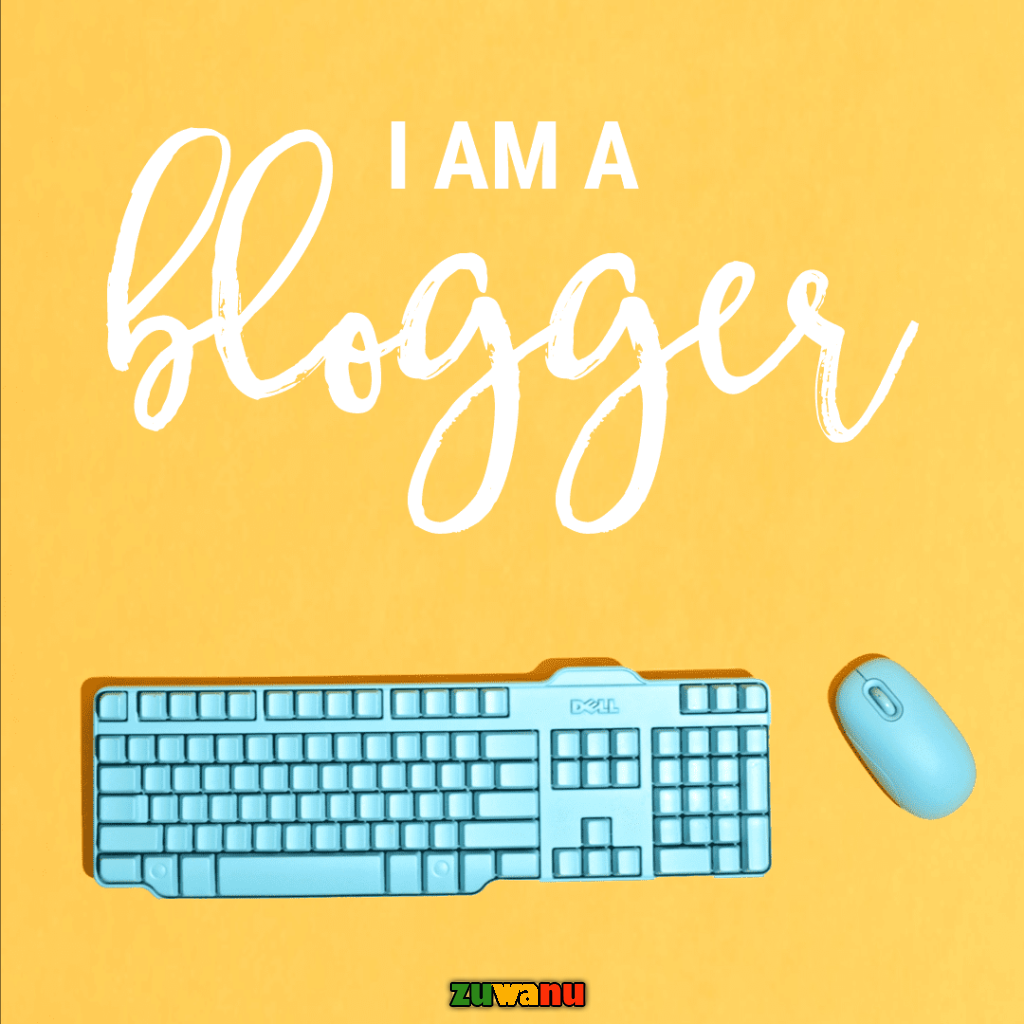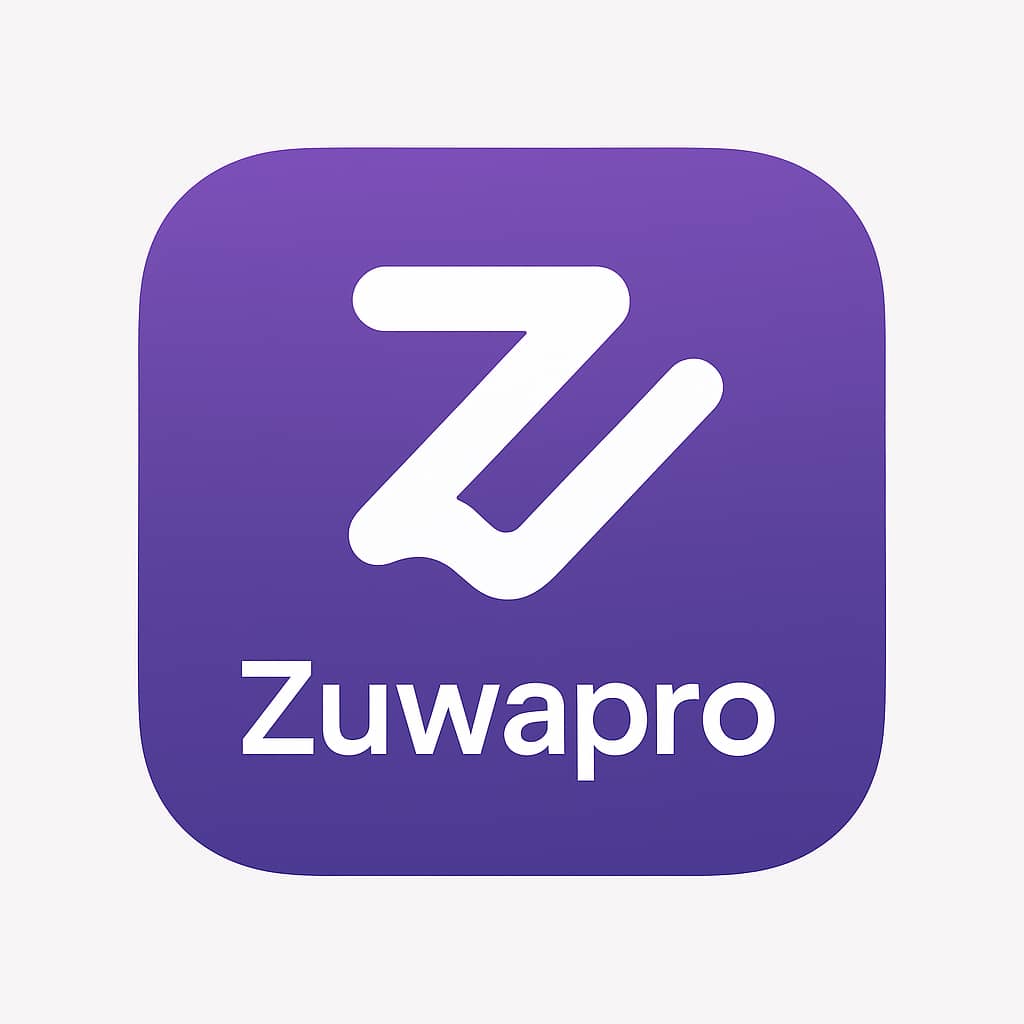From A to Z: A Comprehensive Guide to Blogging – Best Practices for Growth, CMS Comparison, and Monetization Strategies 2023
Table of Contents

Introduction to Blogging
Blogging has become an increasingly popular way for people to share their thoughts, ideas, and expertise with others on the internet. In this article, we will define what a blogger is, what blogging is, how to create a blog, discuss best practices on how a blog can grow and gain traffic, and explore ways in which bloggers can make money from their blogs. We will also look at some of the best CMS to use for a blog, as well as their disadvantages.
Who is a blogger?
A blogger is a person who regularly writes and publishes content on their blog. This content can take many forms, including written articles, photos, videos, podcasts, and more. Bloggers can be anyone, from individuals who want to share their personal experiences and opinions with others, to business owners looking to promote their products or services online.
What is blogging?
Blogging is the act of regularly creating and publishing content on a blog. It can be a personal blog, where the blogger shares their thoughts and experiences, or it can be a professional blog, where the blogger shares their expertise on a particular topic. Some bloggers use their blogs as a platform to promote their business or brand, while others simply enjoy sharing their ideas with others.
How to create a blog
Creating a blog is a relatively simple process, and there are many platforms available to help you get started. Here are the basic steps to creating a blog:
- Choose a blogging platform. Some of the most popular platforms include WordPress, Blogger, and Wix.
- Choose a domain name. This is the web address that people will use to access your blog.
- Set up your hosting. This is the service that will store your blog’s files and make them accessible to the public.
- Customize your blog’s design. Choose a theme and layout that reflects your brand and personality.
- Start creating content. This is where the fun begins! Start writing and publishing posts that will engage and inform your audience.

Best practices for growing a blog
Once you have created your blog, the next step is to start growing your audience. Here are some best practices for growing your blog:
- Create high-quality content. Your blog’s success will depend on the quality of your content, so focus on creating posts that are engaging, informative, and well-written.
- Promote your blog. Share your posts on social media, participate in online communities, and network with other bloggers in your niche.
- Engage with your readers. Respond to comments and emails, and encourage your readers to share your content with their own networks.
- Use SEO best practices. Optimize your blog for search engines by using keywords, creating backlinks, and ensuring that your website is mobile-friendly.
Making money from your blog
There are many ways to make money from your blog, including advertising, sponsored posts, affiliate marketing, and more. Here are some popular options:
- Advertising. You can make money by placing ads on your blog, either through a program like Google AdSense or by selling ad space directly to businesses.
- Sponsored posts. Some companies will pay you to write a post promoting their products or services.
- Affiliate marketing. You can earn a commission by promoting other people’s products on your blog and including affiliate links.
- Product sales. You can create and sell your own products, such as ebooks, courses, or physical goods.
amazing products to sell online in Nigeria and make money online by dropshipping
Best CMS for starting a blog
There are many CMS available for creating a blog, and each has its own advantages and disadvantages. Here are some of the most popular options:
- WordPress. WordPress is one of the most popular CMS for creating a blog. It’s easy to use, highly customizable, and offers a wide range of plugins and themes. However, it can be vulnerable to security threats
- if not updated regularly, and some customization options may require knowledge of coding.
- Blogger. Blogger is a simple, straightforward CMS that is free to use. It’s a good option for beginners who want to create a blog quickly and easily. However, it doesn’t offer as many customization options as other CMS, and it’s not as scalable.
- Wix. Wix is a website builder that allows users to create blogs and websites using drag-and-drop tools. It’s a good option for beginners who want to create a visually appealing blog quickly and easily. However, it may not offer as much flexibility as other CMS and may not be as SEO-friendly.
- Squarespace. Squarespace is a website builder that offers a range of templates and designs for creating a blog. It’s a good option for those who want a visually appealing blog that is easy to use and manage. However, it can be more expensive than other CMS and may not offer as much flexibility for customization.
What to Do When Your Phone Falls Into Water: A Step-by-Step Guide
Conclusion
Blogging is a great way to share your thoughts, ideas, and expertise with others on the internet. With the right CMS, strategy, and best practices, you can create a successful blog that attracts a large audience and generates revenue. Whether you’re a beginner or an experienced blogger, there are many resources available to help you get started and achieve your goals.

